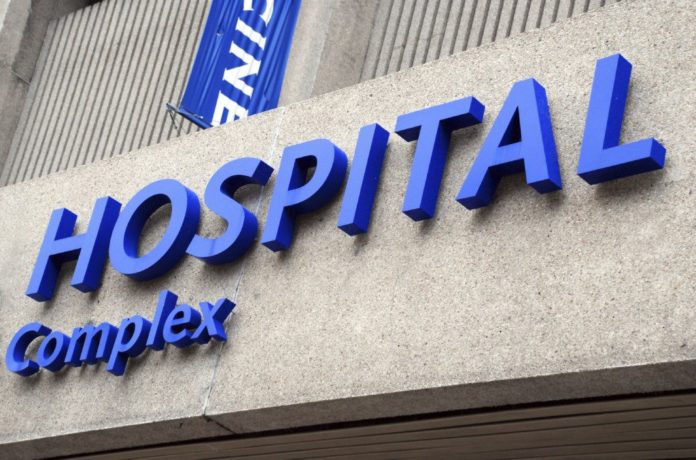In yet another example of the wide-ranging effects of the ongoing post-acute staffing shortage, hospital systems are reporting months of discharge delays as skilled nursing facilities are unable to accept new residents.
Desperate acute care health systems have begun providing nursing homes additional payments to take on residents, and in some cases offering their clinical staff to help with patient care, according to a Modern Healthcare article published this week. Some hospitals have further embraced in-house insurance authorization staff as well to cut down on transition wait times.
The rejection rate in skilled nursing facilities jumped to 88% through the first quarter of 2022, according to data provided to Modern Healthcare by WellSky, a health and community care technology company.. The rejection rate was 65% at the beginning of the year.
The data originated from more than 1,000 hospitals and 130,000 post-acute care providers.
Similarly, six in 10 facilities have had to limit new admissions due to staffing shortages, according to an August report released by the American Health Care Association and National Center for Assisted Living (AHCA/NCAL).
The industry is still facing a 14% downturn in staffing compared to pre-pandemic numbers, a loss of 223,700 caregivers, the Bureau of Labor Statistics (BLS) found.
Social workers and case managers at Adventist Health Tillamook, for one, call 15 to 20 nursing homes every day to place patients, with a lot of the time “wasted,” Heather Thompson told Modern Healthcare. Thompson serves as patient care executive for the Oregon hospital.
Sue Craft, vice president of inpatient case management and post-acute care services for Henry Ford Health said much the same at Skilled Nursing News’ Rethink event in September.
The hospital system started looking at facilities with lower star ratings who really wanted to work together to improve care, referring to the Five Star Quality Rating System in Care Compare.
The discharge bottleneck has never been easy, but vaccination status and staffing shortages across the long-term care industry have made finding the right facility even more difficult for hospital systems.
Free staff, additional money to take patients
Health systems are bleeding money as patients that should have moved on to a post-acute care facility are stuck in the hospital. Acute care systems don’t receive reimbursement if they keep a patient beyond the number of days recommended by the insurance provider for their condition, according to the article.
University of Washington Medicine’s Harborview Medical Center in Seattle paid nearby nursing homes an additional $8 million on top of typical reimbursements in order to take their patients. The hospital also sends its staff to help with patient care, at no extra cost.
Washington’s Department of Social and Health Services began offering $6,000 admission incentive payments to nursing homes as well, according to Modern Healthcare’s reporting.
In Massachusetts, the state’s Health & Hospital Association (MHHA) has teamed up with state hospitals and the Massachusetts Senior Care Association to form a post-acute care transitions collaborative, matching patients with complex comorbidities to facilities able to provide speciality care.
The collaborative helped facilitate more than 200 referrals. But, the state’s referral backlog is dire. As of May, about 1,066 patients were waiting to be discharged from 44 hospitals, with 672 waiting for spots in nursing home beds.
“The number of patients who fall into that bucket continues to increase,” Adam Delmolino, director of virtual care and clinical affairs for MHHA, told Modern Healthcare.
Companies featured in this article:
Adventist Health Tillamook, AHCA/NCAL, Henry Ford Health System, Massachusetts Health & Hospital Association, Massachusetts Senior Care Association, Modern Healthcare, University of Washington Medicine Harborview Medical Center, Washington Department of Social and Health Services, WellSky



